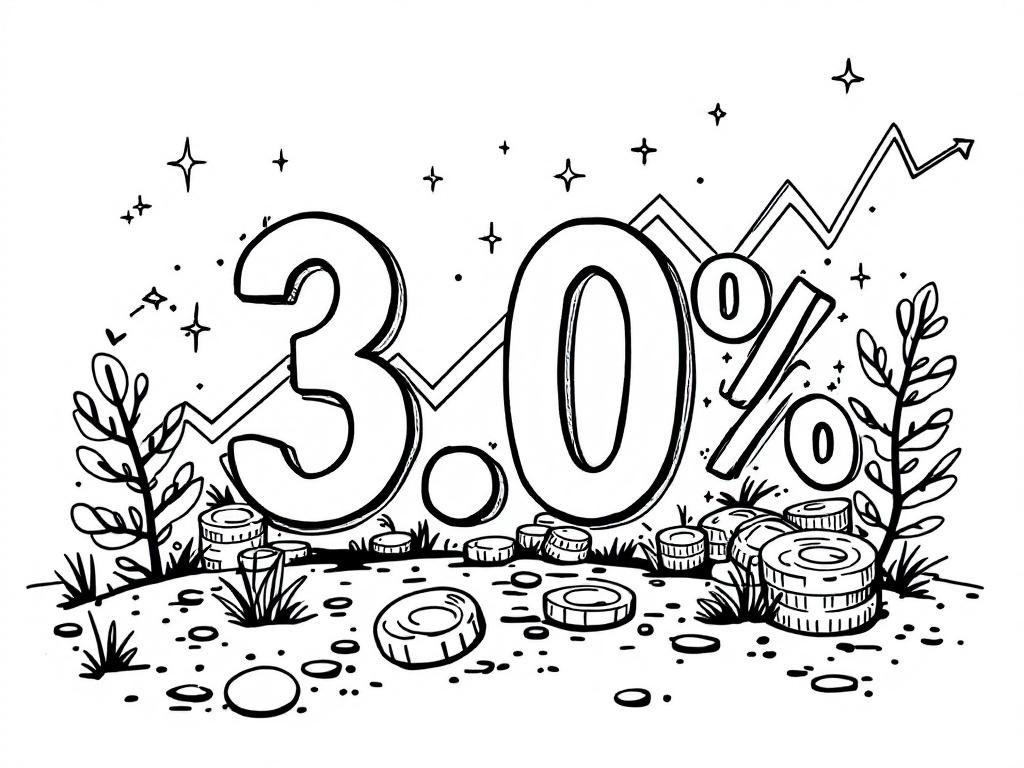U.S. Inflation Rate Unexpectedly Falls to 3.0% in September

Washington, D.C., Friday, 24 October 2025.
The inflation rate in the U.S. dropped to 3.0% in September 2025, below the expected 3.1%, surprising economists and possibly impacting Federal Reserve policy on interest rates.
Surprise Decline in Inflation
The United States witnessed an unexpected drop in the inflation rate to 3.0% in September 2025, falling below the Dow Jones consensus estimate of 3.1% [1][2]. This decline is notable as it suggests a potential easing of consumer price pressures, which could have significant implications for the Federal Reserve’s upcoming interest rate decisions. The Consumer Price Index (CPI) increase of 0.3% for the month was also lower than the anticipated 0.4% rise [1]. This CPI report is particularly significant as it is the first major economic data release since the federal government shutdown began on October 1, 2025 [1].
Factors Contributing to the CPI Report
A major factor influencing the CPI report was the 4.1% rise in gasoline prices, which was the largest contributor to the monthly increase [1][3]. Despite this, core CPI, which excludes the volatile food and energy sectors, showed a modest gain of 0.2%, aligning with the annual rate of 3% and defying expectations of a 3.1% rise [1][3]. This divergence highlights the complexities within the inflation metrics, particularly as energy prices rose by 2.8% annually, while food prices followed suit with a 3.1% increase [1][2].
Implications for Federal Reserve Policy
The Federal Reserve is expected to make a decision on interest rates in the week of October 27, 2025, and the current inflation data could play a pivotal role in shaping this policy [4][5]. There is speculation that the Fed may opt to cut interest rates by a quarter percentage point from the existing 4%-4.25% target range, a move that could be seen as a response to the economic slowdown indicated by the recent job growth figures and inflation trends [1][2][4].
Economic Context and Future Outlook
The broader economic context includes a mere 22,000 new jobs added in August 2025, reflecting a potential hiring slowdown [4]. Furthermore, the inflation report’s delay due to the federal shutdown highlights ongoing challenges in data collection, which could affect future economic assessments [4][5]. As the Federal Reserve prepares for its upcoming meetings, stakeholders will be closely observing whether this inflation dip marks a transient lull or a more sustained trend, especially with the potential impacts of tariffs and global economic conditions on the horizon [3][5].